Mixing colors in preschool is one of many easy science activities for preschoolers that allows you to set out the materials and then stand back and watch the kids explore.
The best part about it is that it keeps most kids busy for a fair amount of time and requires items you most likely already have lying around your home.
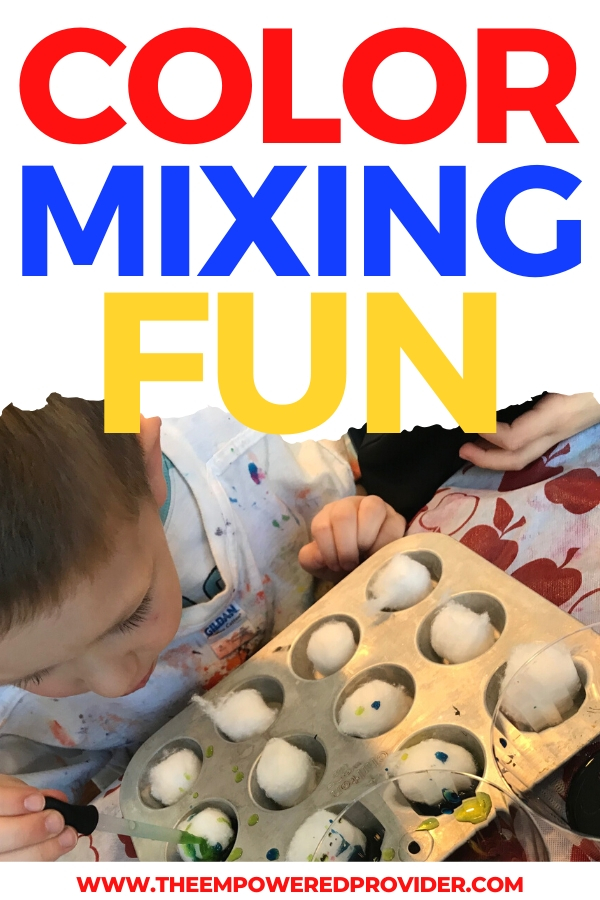
Color Mixing Science Experiments
Finding science experiments for preschoolers that allow young kids to be all hands-in and fully engaged is not easy. This color mixing idea has all the makings of a really great experience and I’ve added ways to contain the mess for those early childhood educators who squirm at the thought of color stains.
Let the Primary Colors Do Their Work
At the very least have the primary colors available to the kids in water color form:
- RED
- BLUE
- YELLOW
The combination of these colors will create the most vibrant results.
- RED + BLUE = PURPLE
- RED + YELLOW = ORANGE
- YELLOW + BLUE = GREEN

Supplies You Will Need:
- Muffin tins (hit up the Dollar Store for these!)
- Cotton balls
- Water colors…I like these best
- Eye droppers (these are great for kids!)
- Clear cups to hold water colors
- Table cloth (if you need to protect your table)
- Paint shirts (if you need to protect the children’s clothing)
Preparation:
- Cover your table with a plastic table cloth (optional)
- Set out muffin tins; adding one cotton ball to each muffin cup
- Fill clear cups with water colors and water solution
- Set out eye droppers
Teaching Preschoolers How to Use an Eyedropper
It’s best to demonstrate the use of an eye dropper when there are no other materials to distract your little learners.
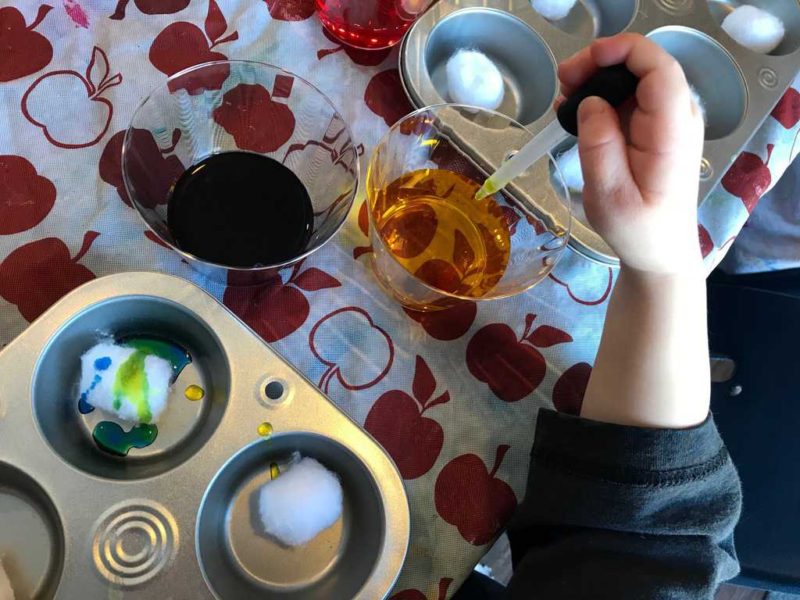
At your group time/circle time/morning meeting show the kids how to use an eye dropper with water.
Here’s a fun way to teach it: “Pretend the squeezer (the tip of the eye dropper) is your nose. Plug the ‘nose’ before you put the dropper in the water. Put the dropper in the water…dooon’t unplug your nose just yet! When it’s under the water, unplug ‘your nose’ and watch it fill up with liquid. Then pull it out of the water.”
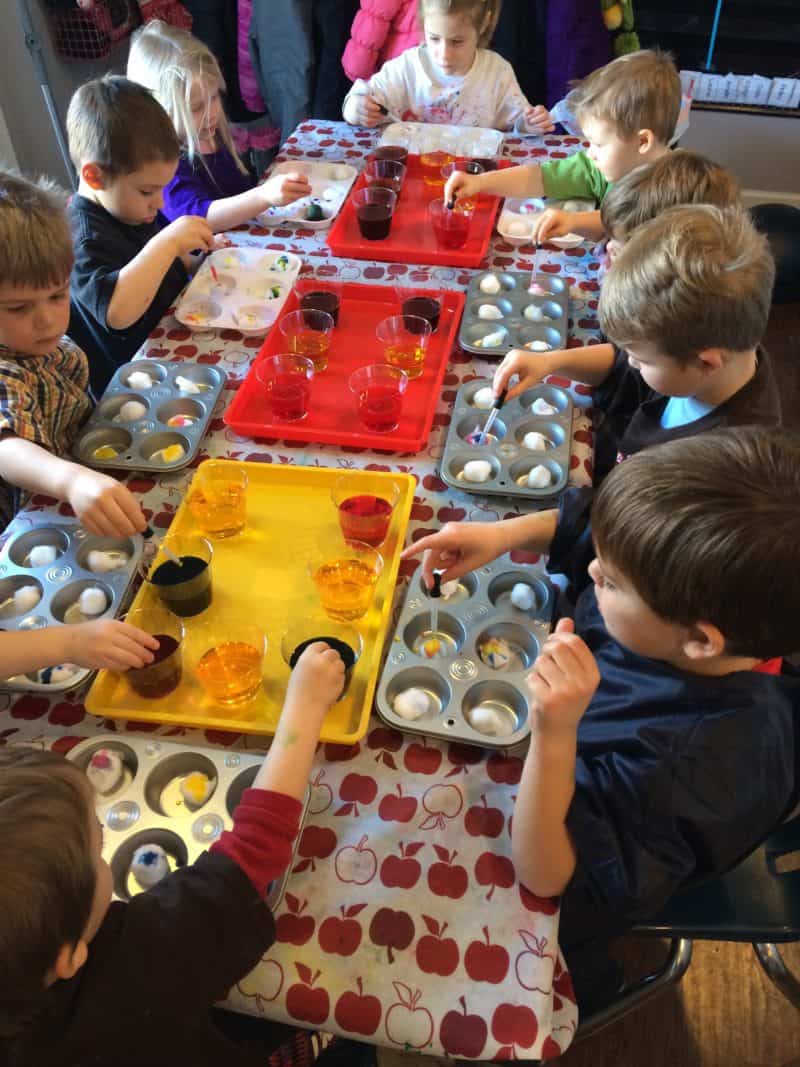
How to Play:
- Once the kids are seated, give them a lot of time to explore.
- Some kids might need some additional coaching on how to use the eye dropper effectively.
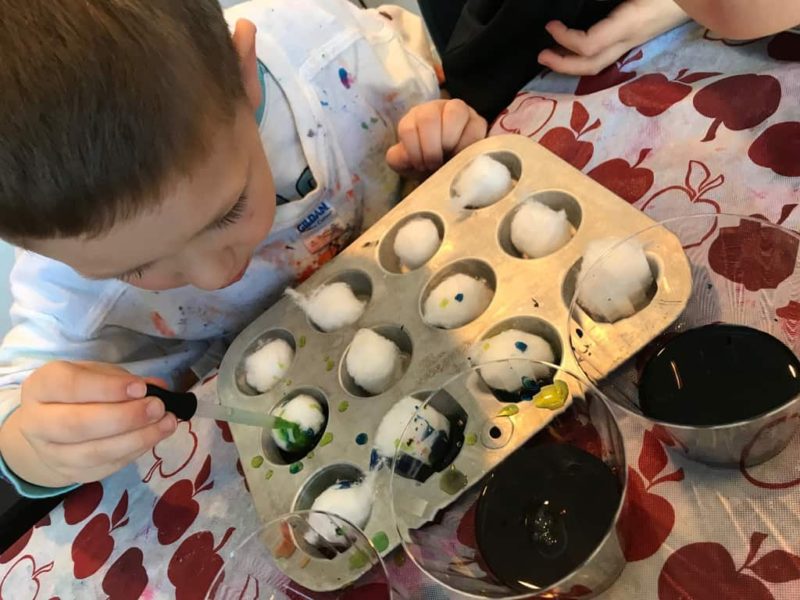
Fine Motor and Color Science
If you’re a seasoned early childhood educator, you may already be anticipating the amount of fine motor work that will accompany this activity. Take a a look at that pincher grasp in the next photo:
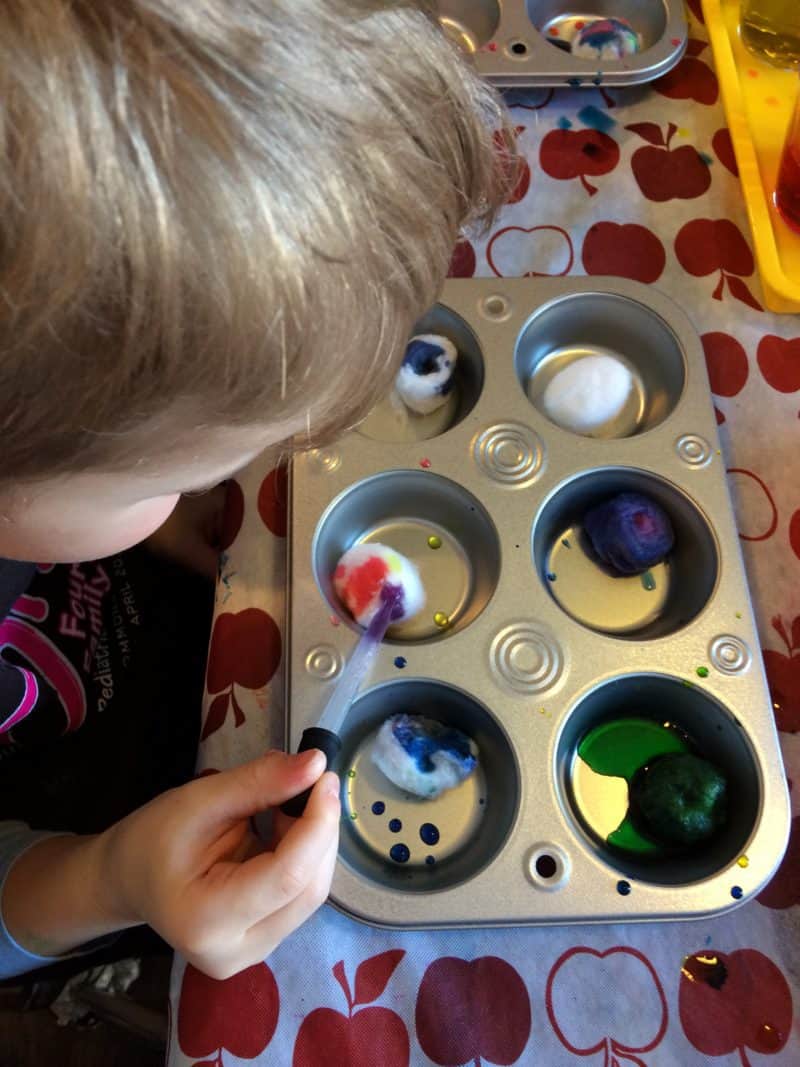
Will This Project Be Messy?
If you’re a ‘don’t mix the play doh colors’ kind of adult’ I’m going to warn you right now…the kids are going to mix the water colors in the clear cups too. The paint will turn murky and dark. Time to start your deep breathing and sing “Let It Be…Let It Be…”
If you use a table cloth, paint shirts (totally optional here) and have plenty of paper towels on hand with a trash can near by, you’ll be just fine.
The muffin tins will absorb most of the excess water color, making clean up a breeze.
How Long Will This Activity Last?
You’ll notice some kids could sit and do this for an hour while others will burn out after about 10-15 minutes.
This is an open-ended/process oriented project…so just let the kids roll with it and work on their own timeline.
Changing out the cotton balls when they start to get murky will help some kids stay engaged longer.
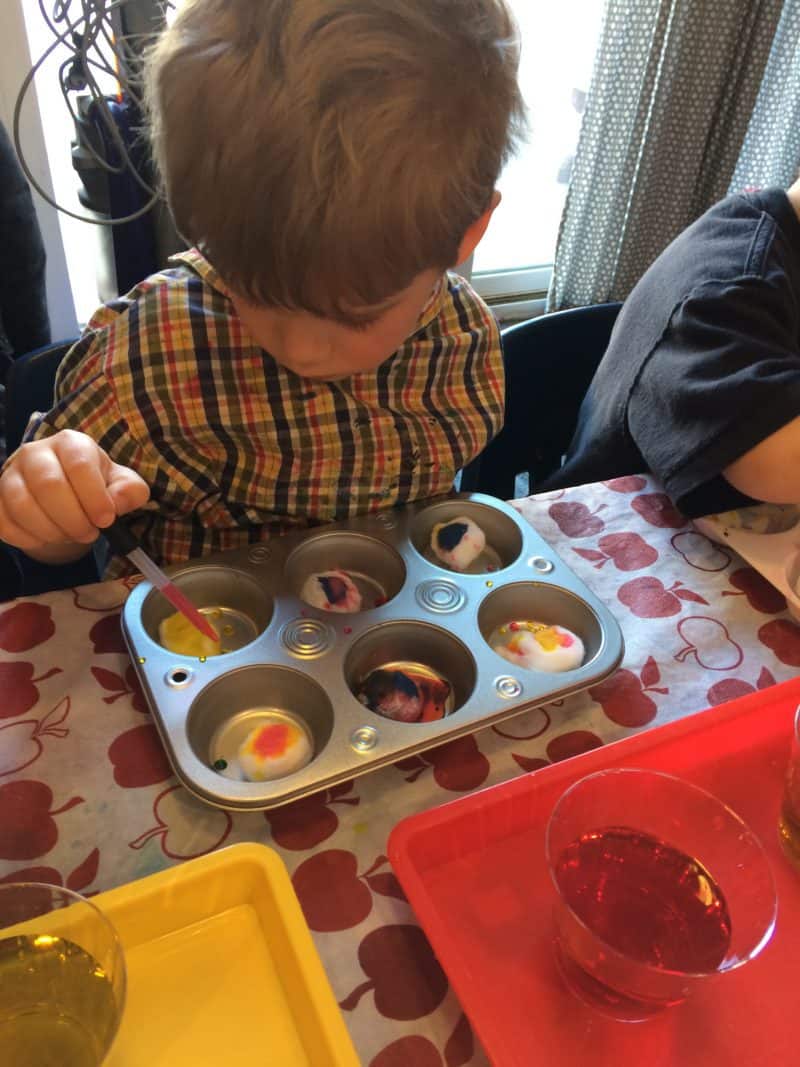
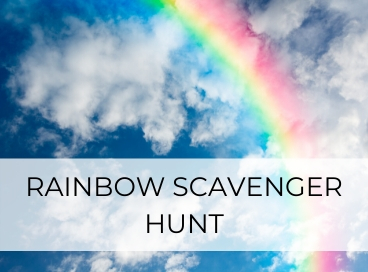
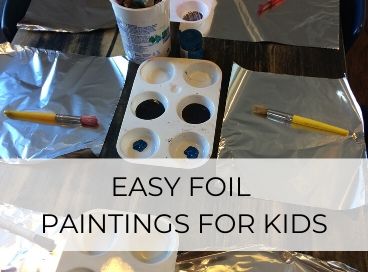
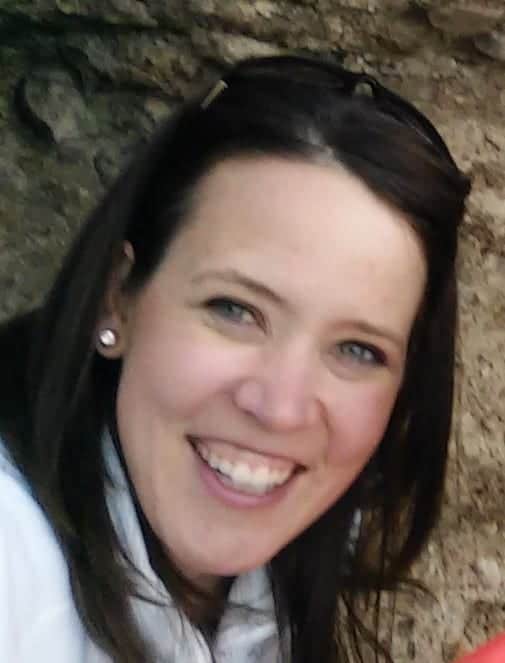 Hey there! I hold the work of early childhood educators (my title for family child care providers) in the highest regard! If you are looking for ways to better your business or to find inspiration to bring joy and meaning to your classroom, then you've come to the right place! Click here to read more!
Hey there! I hold the work of early childhood educators (my title for family child care providers) in the highest regard! If you are looking for ways to better your business or to find inspiration to bring joy and meaning to your classroom, then you've come to the right place! Click here to read more!
Leave a Reply